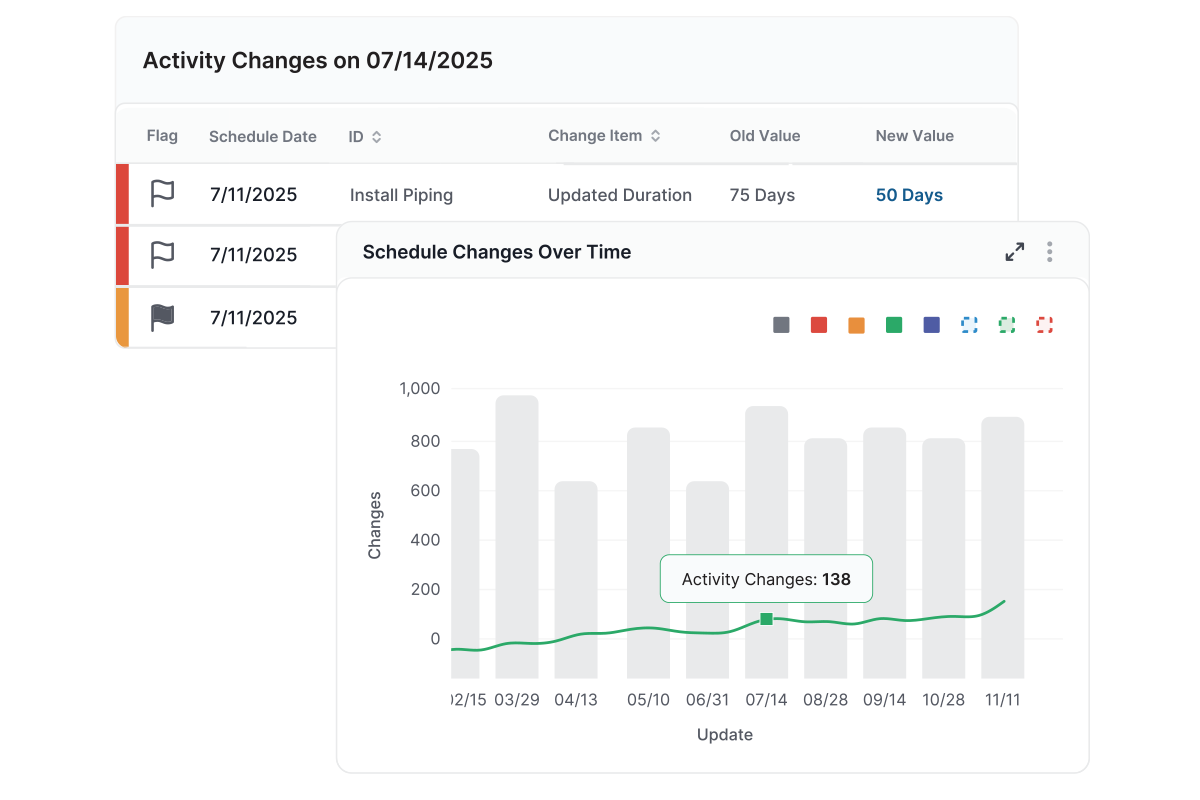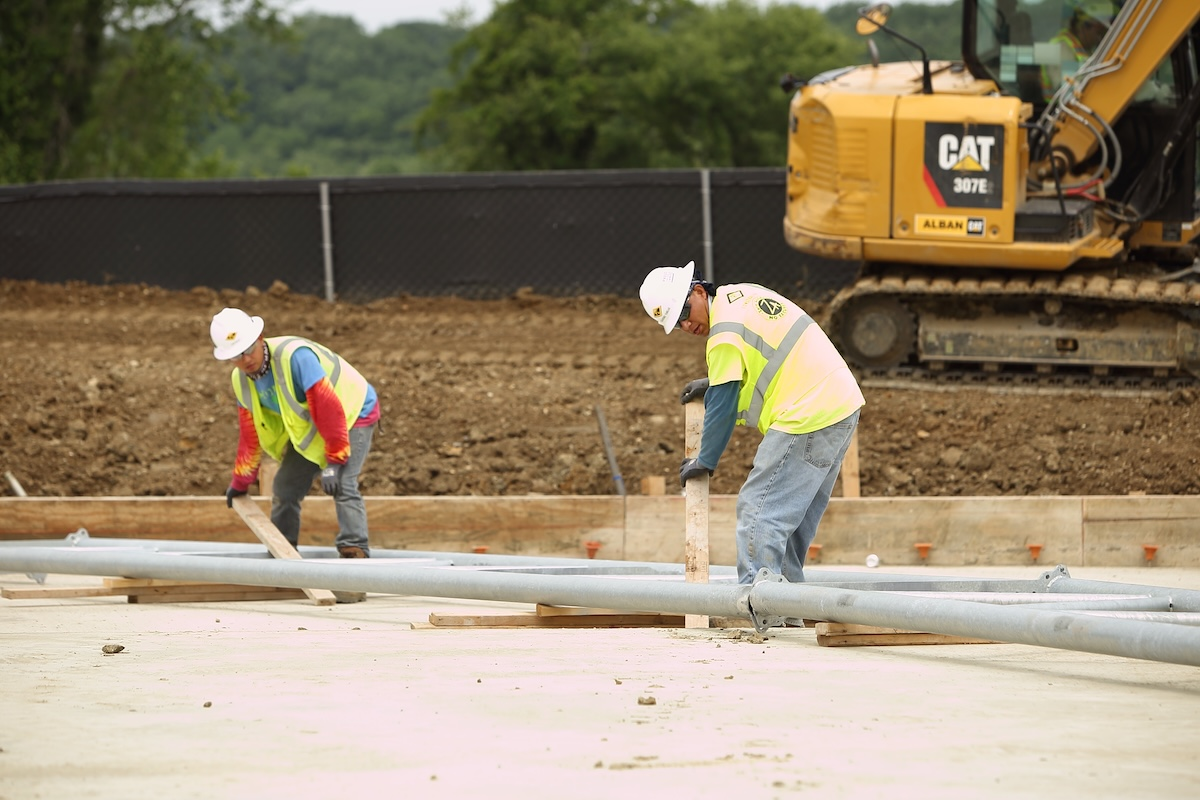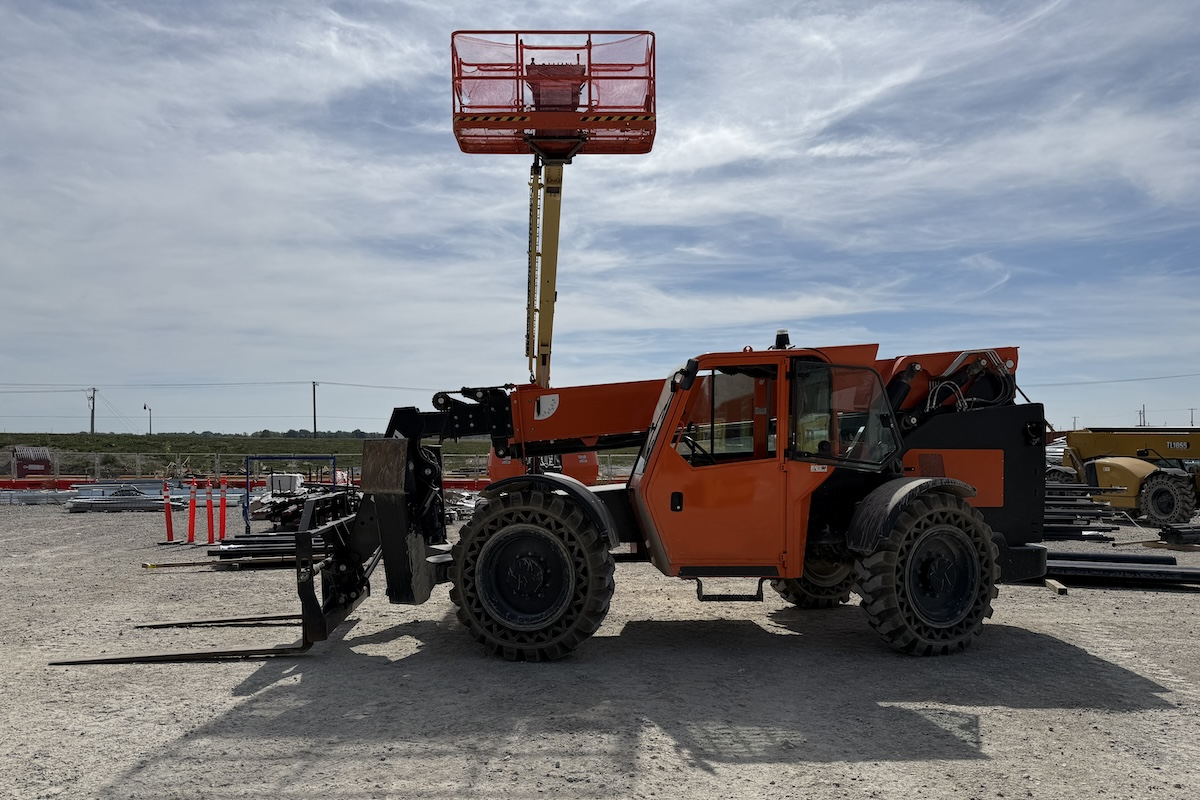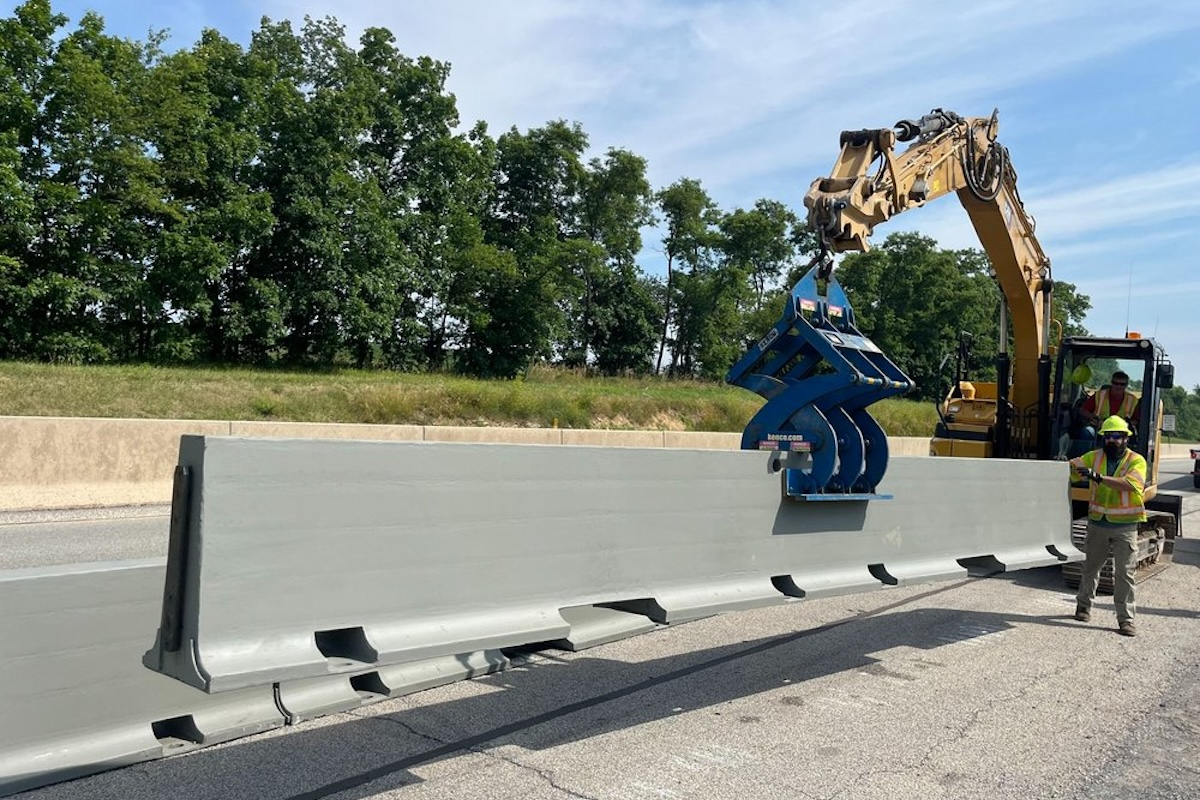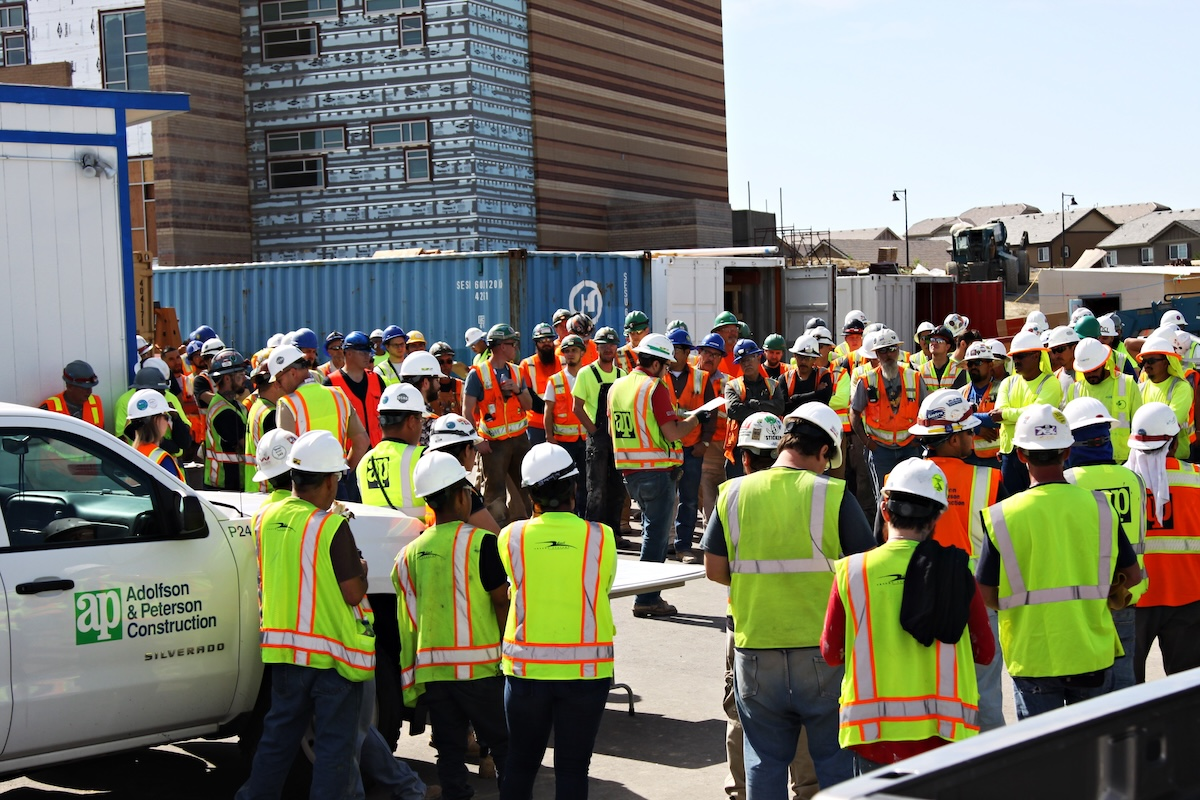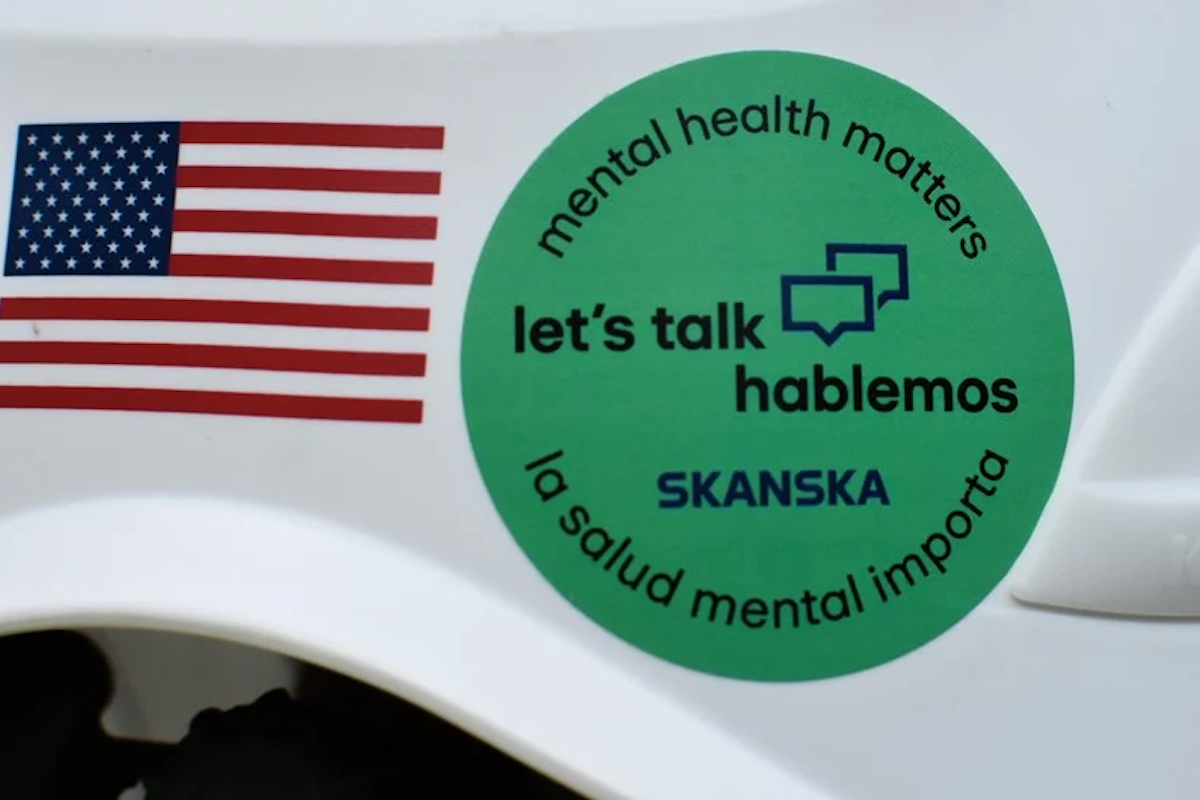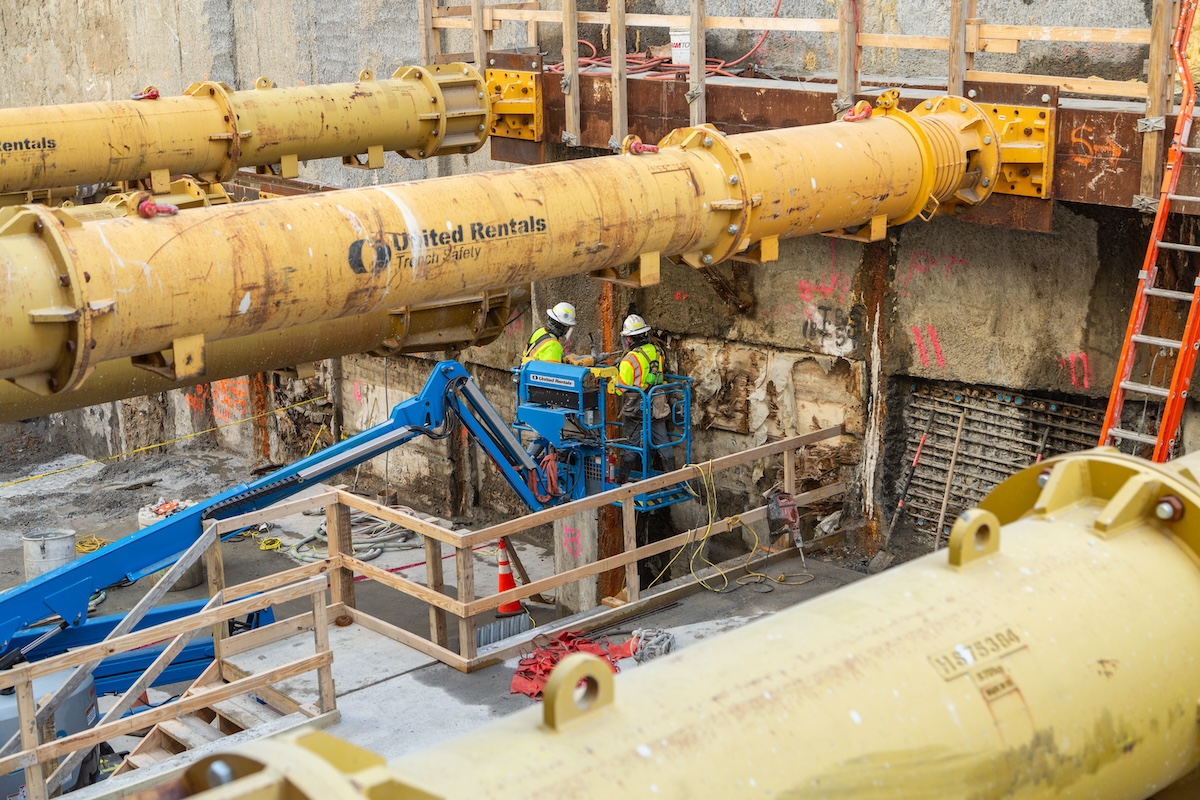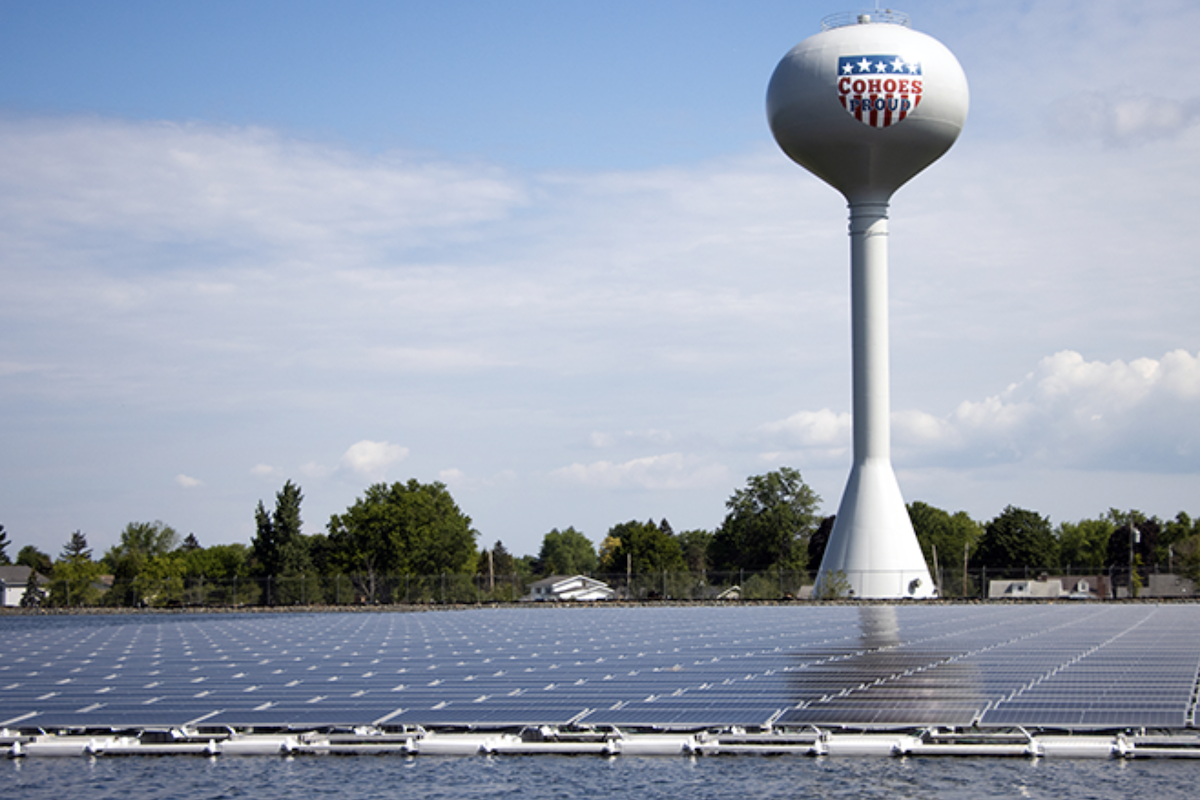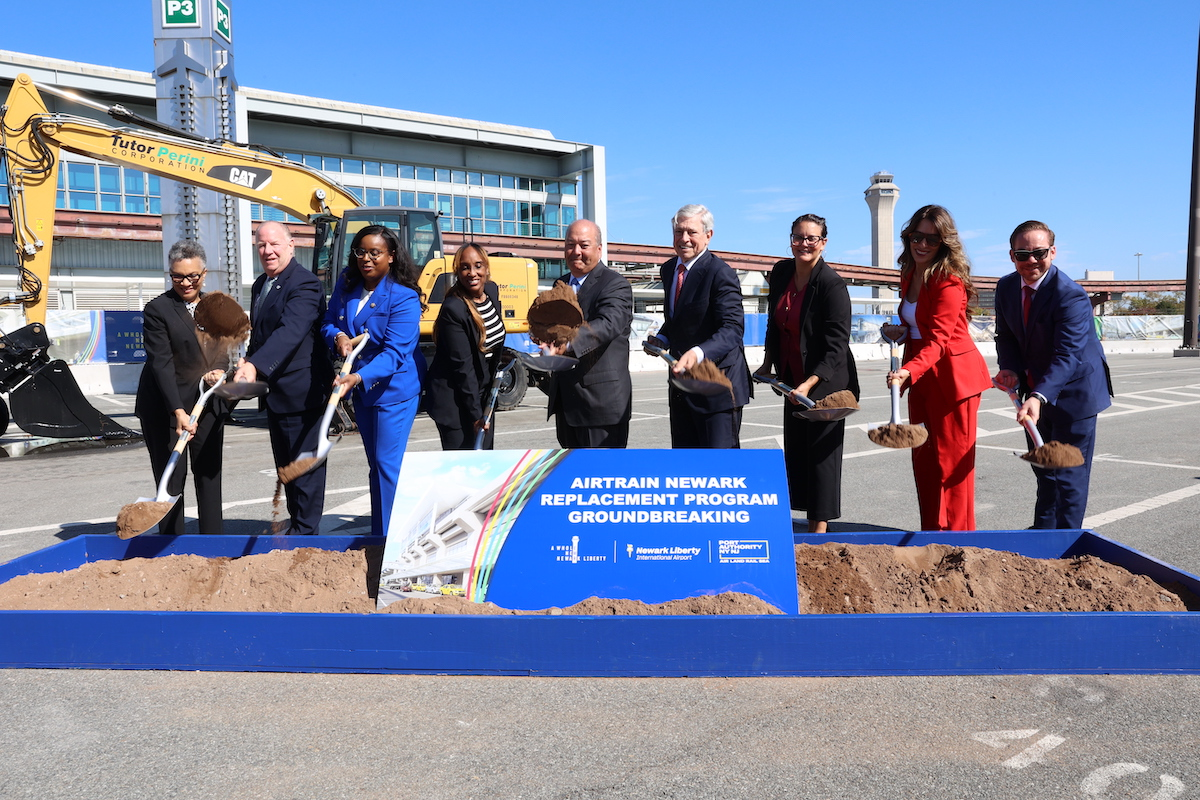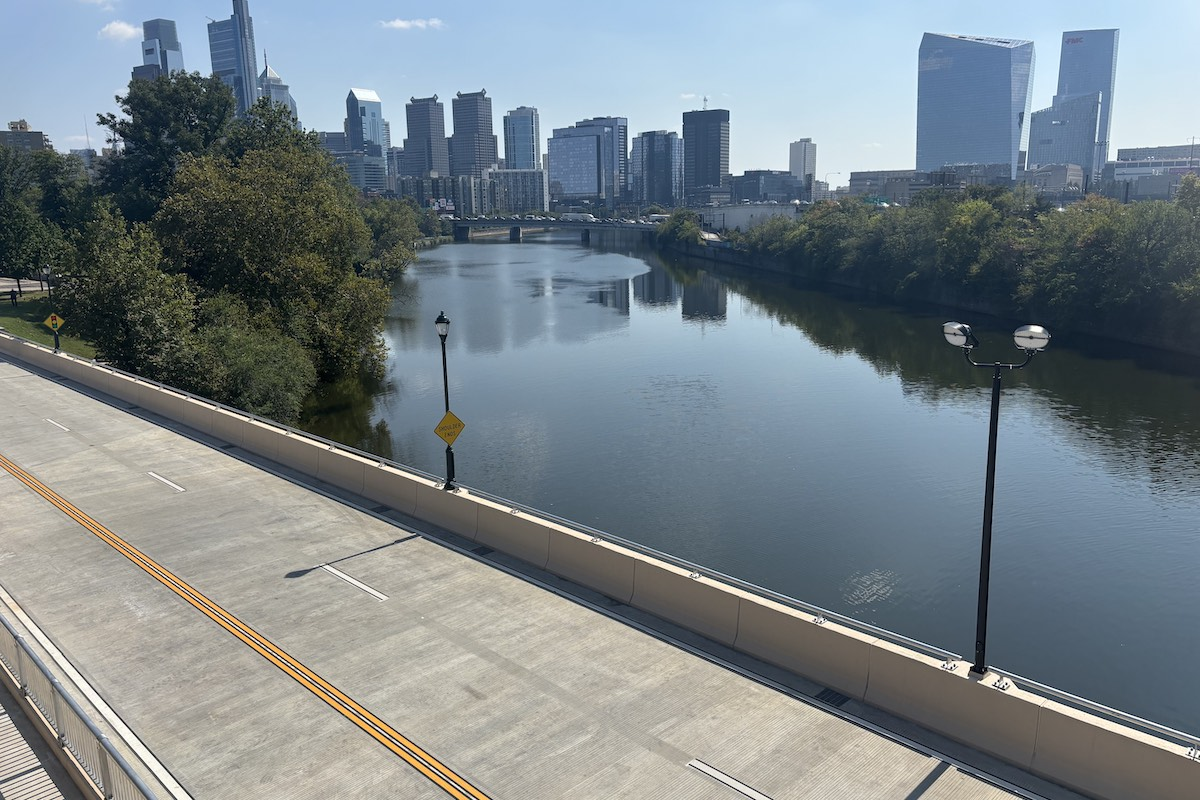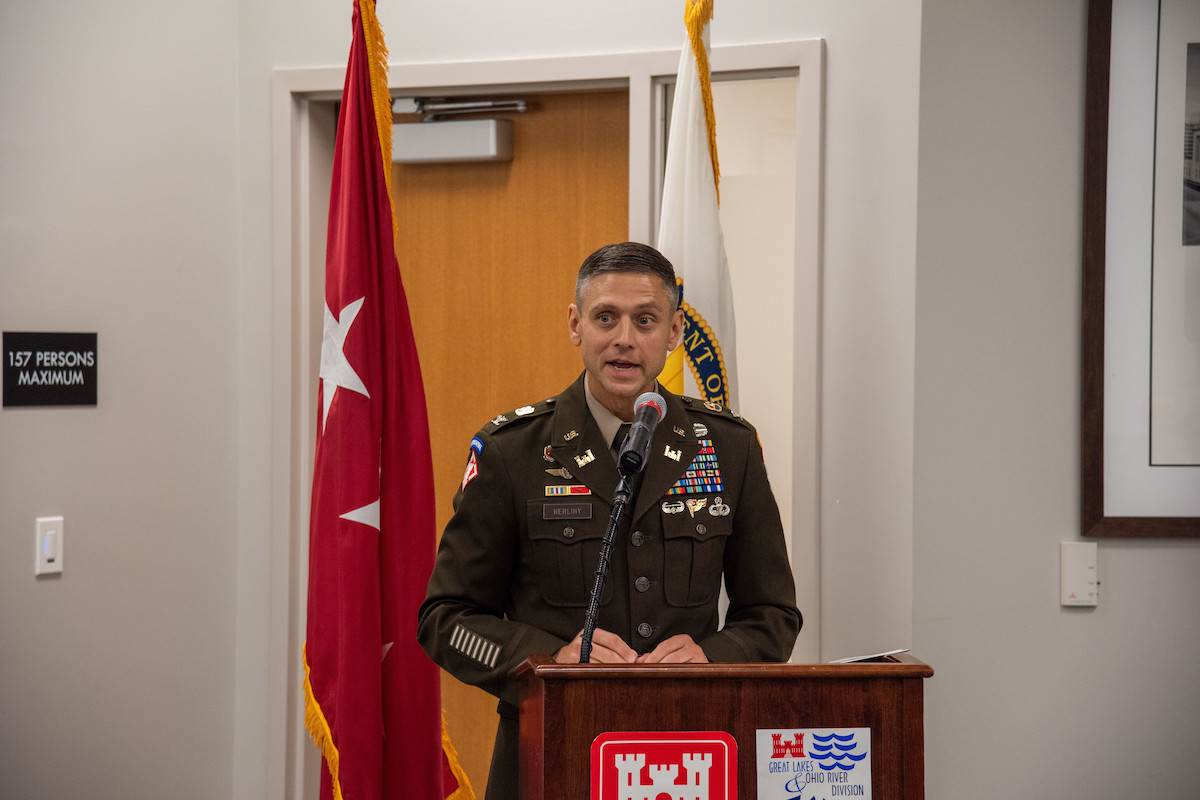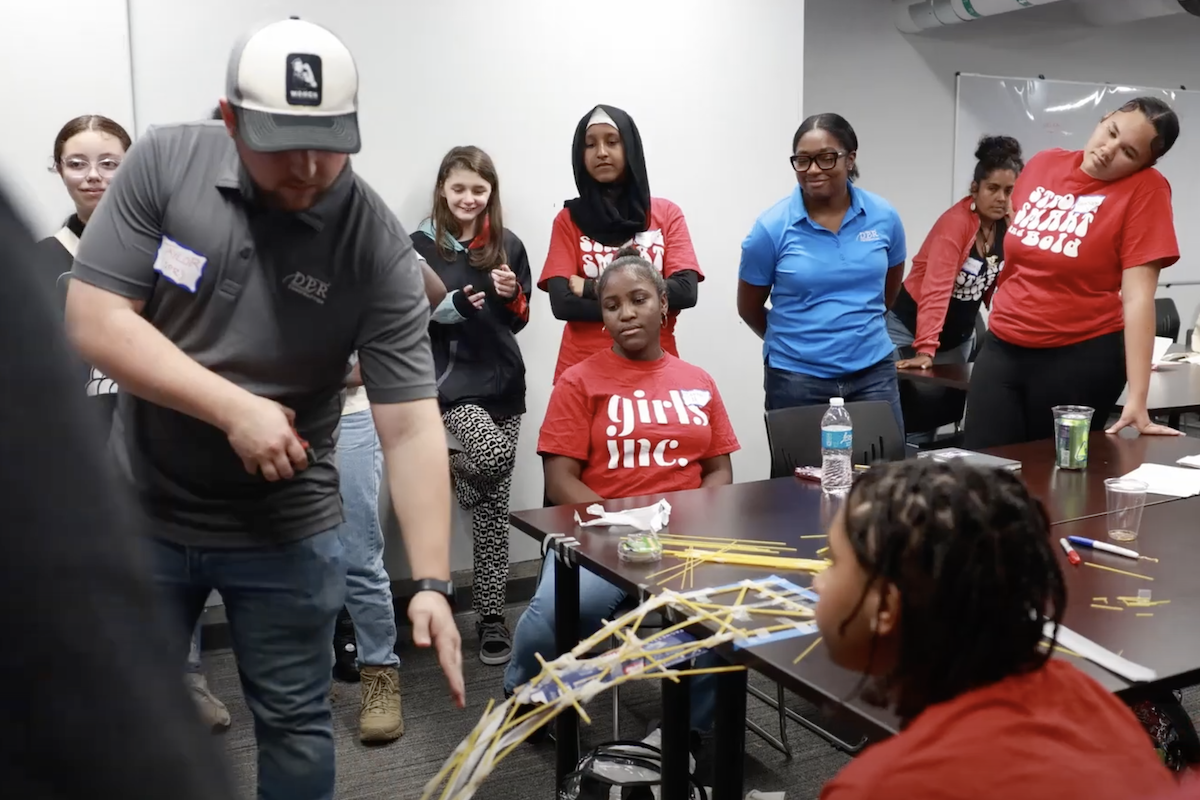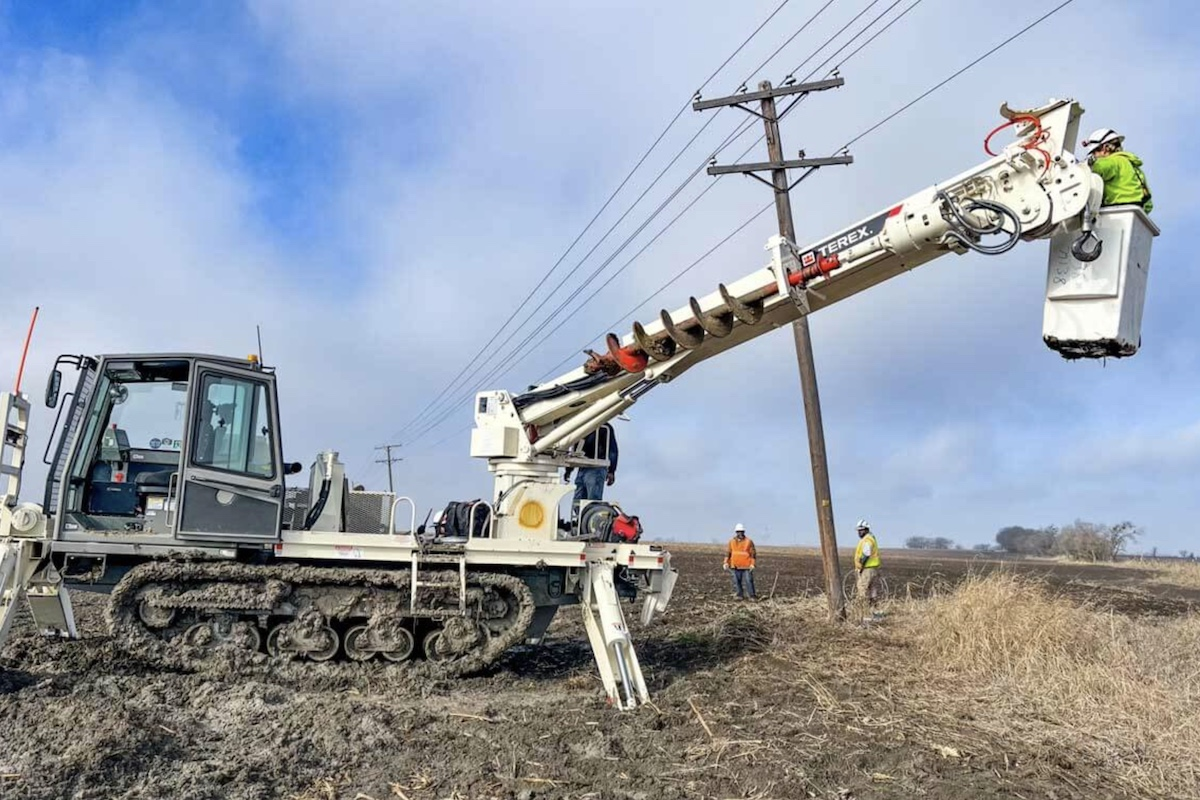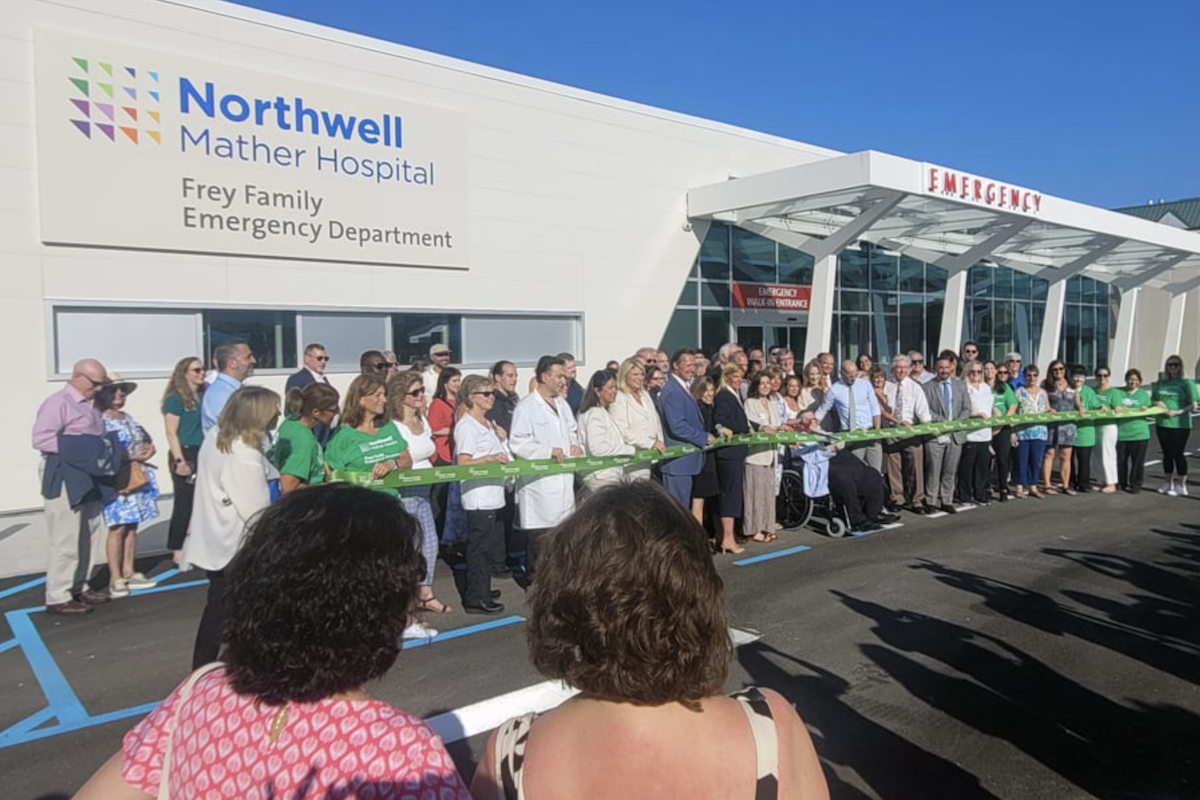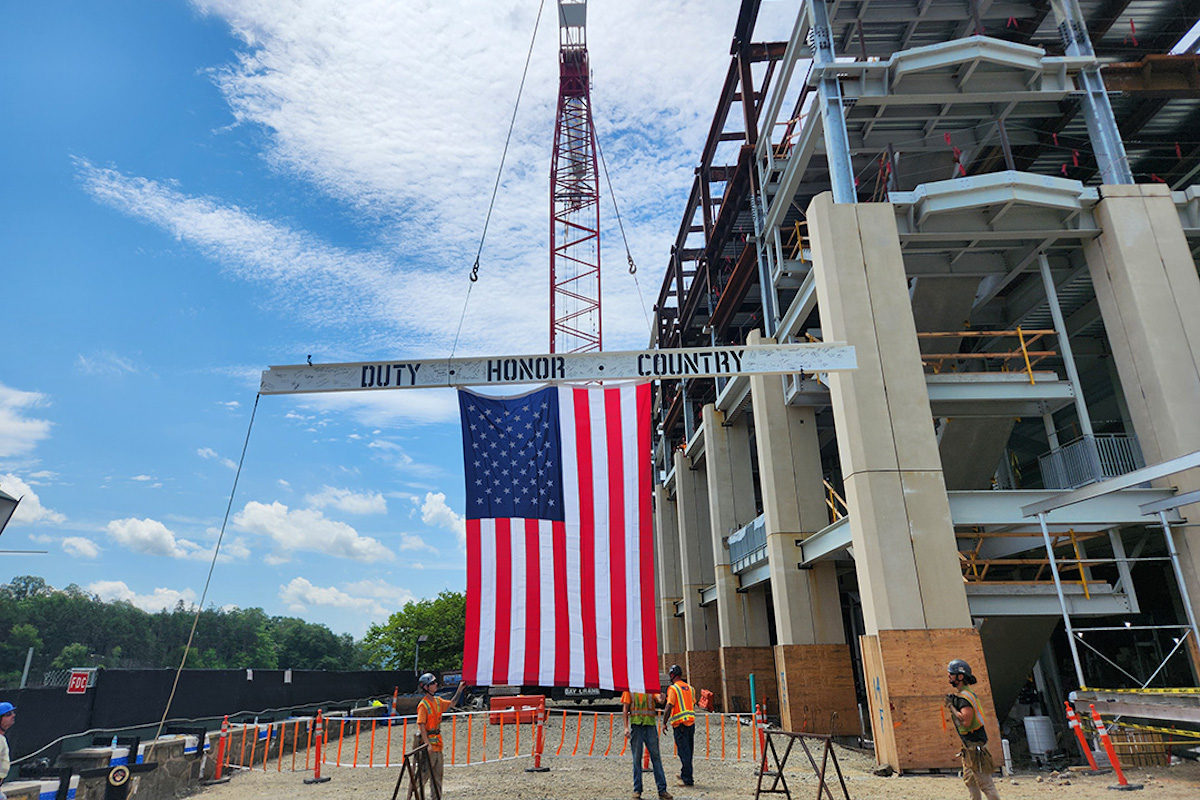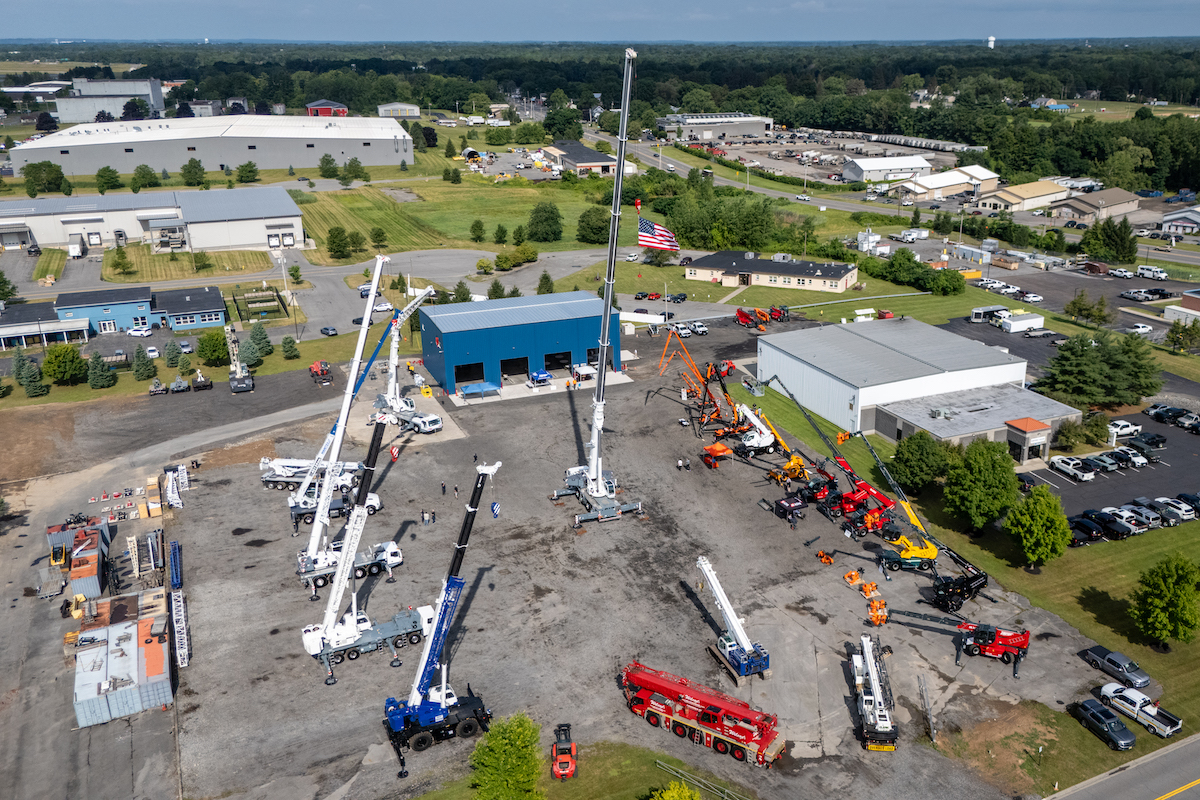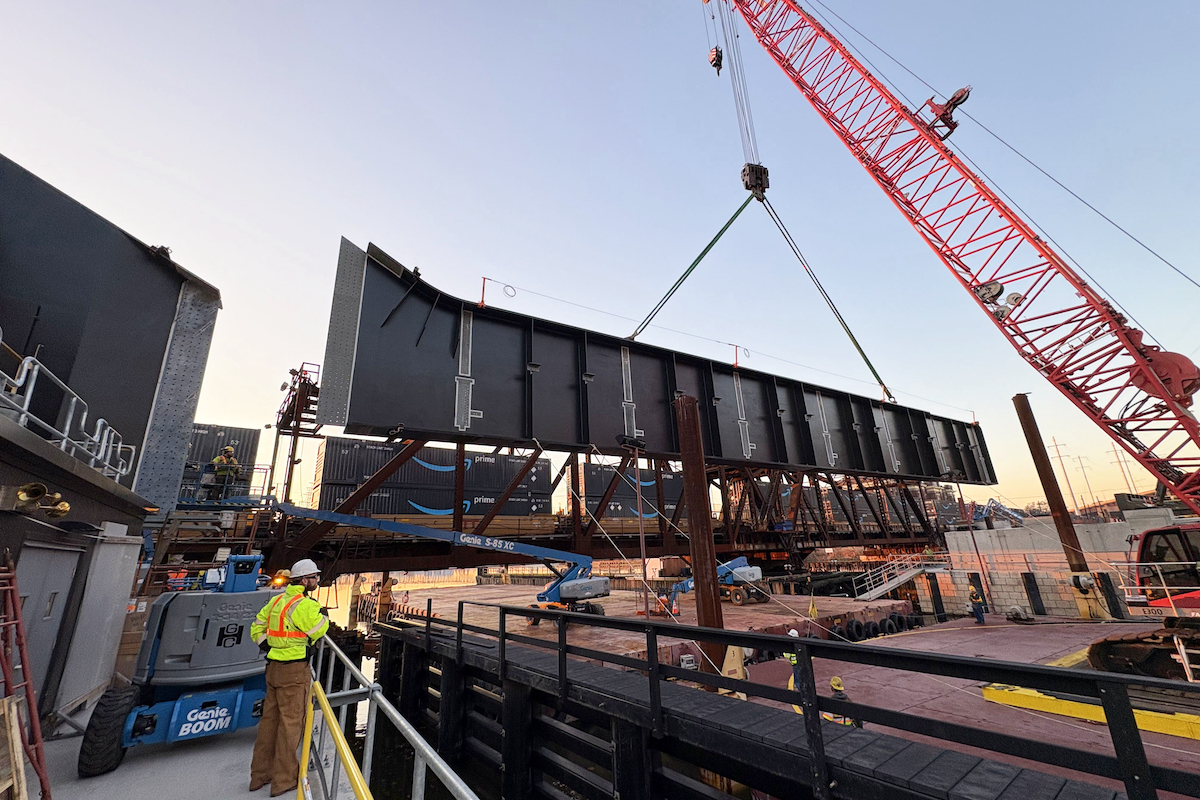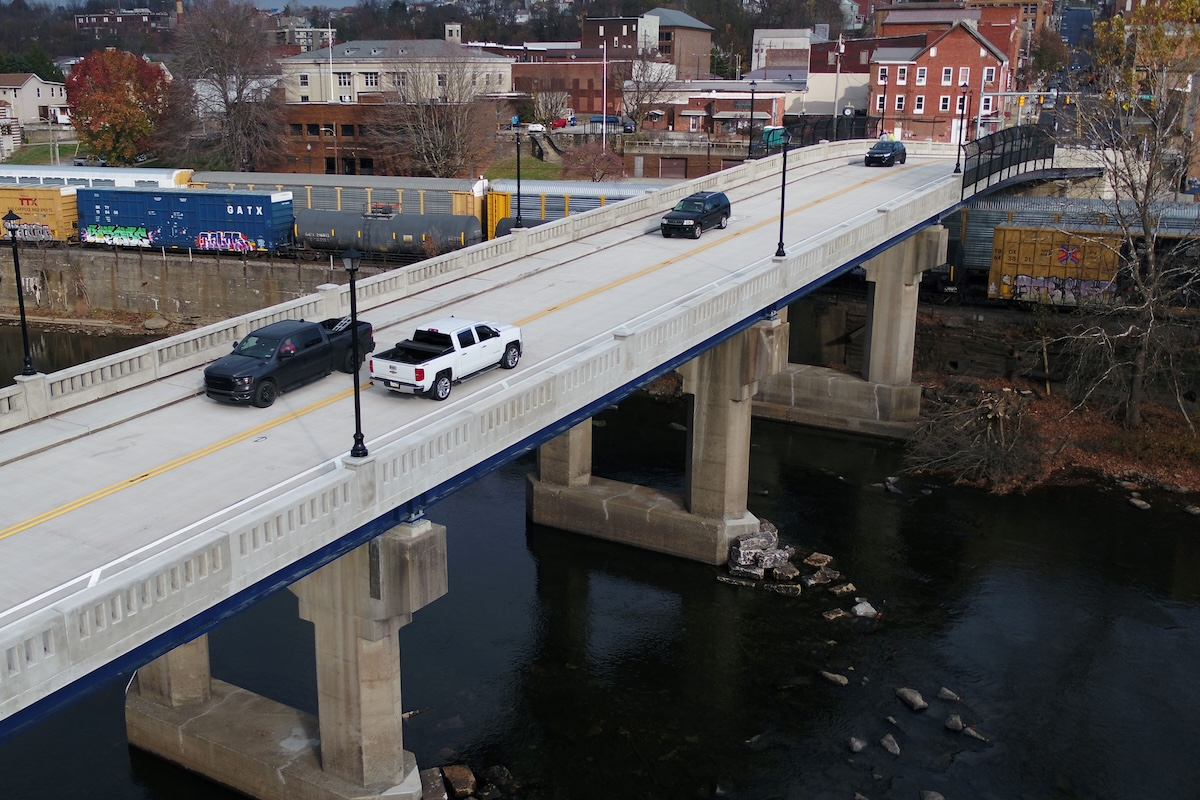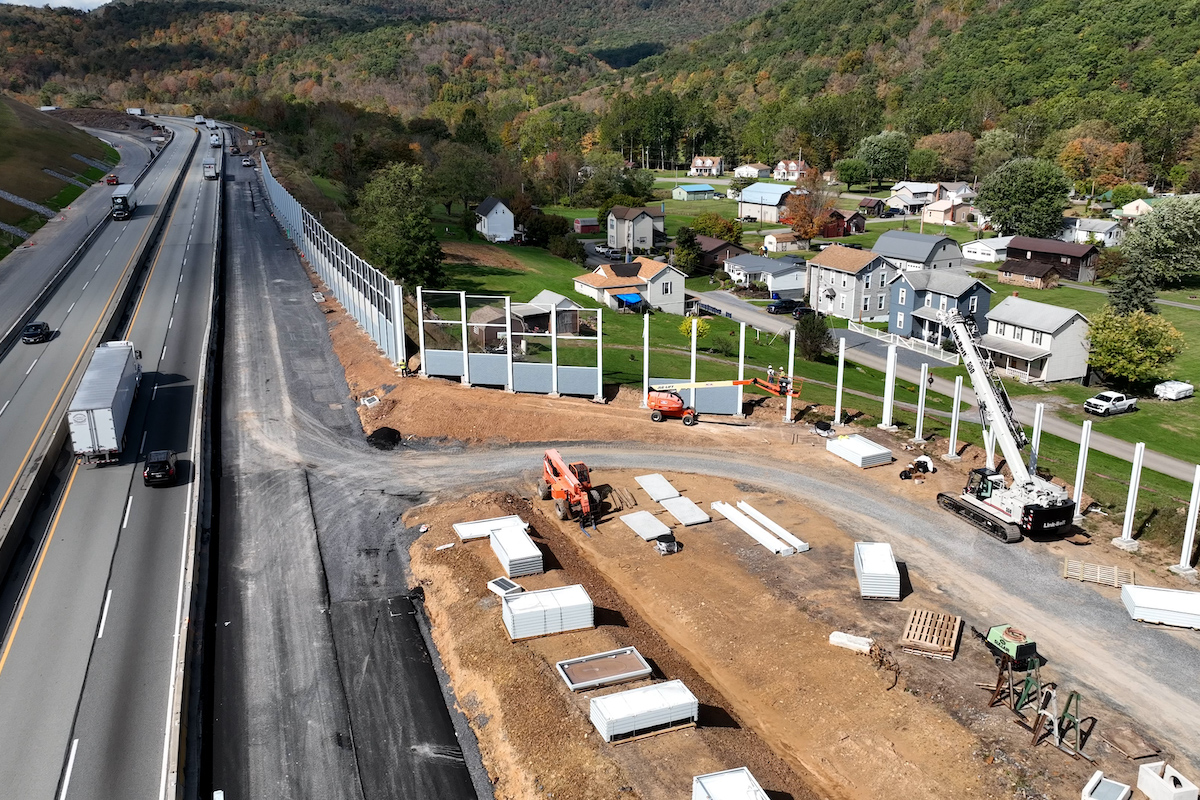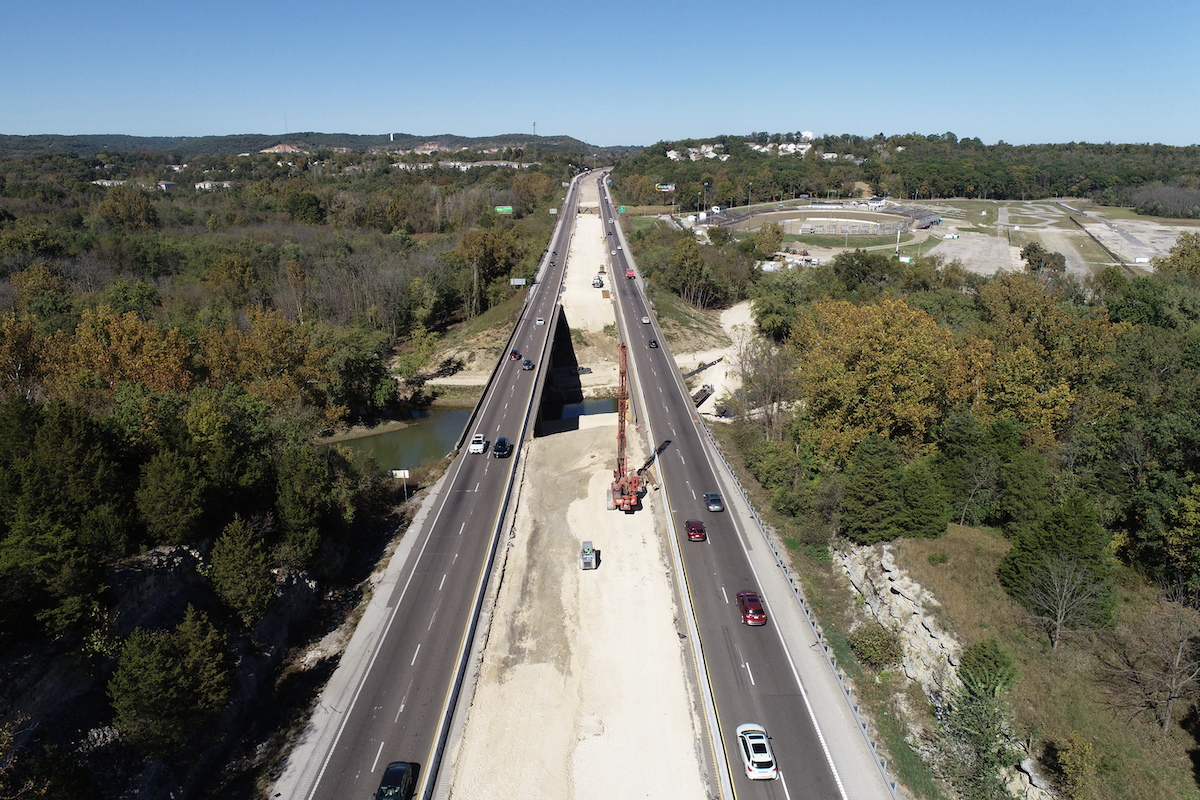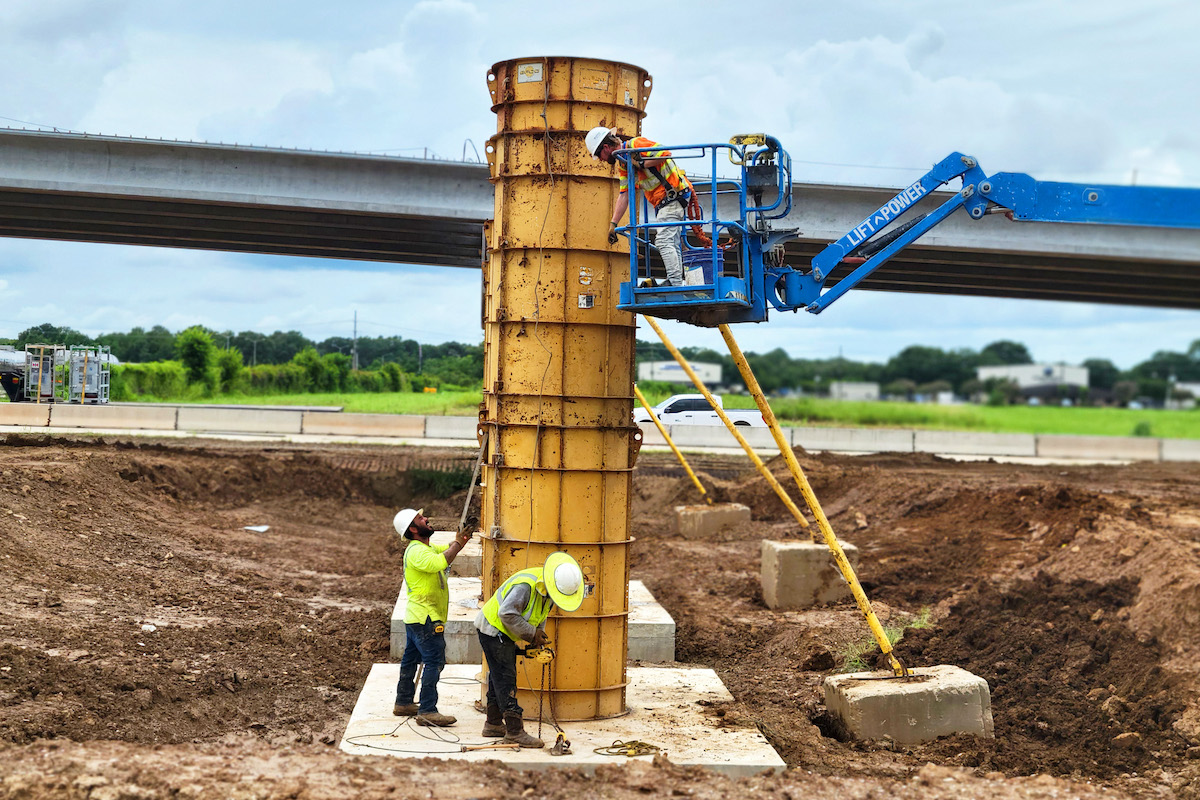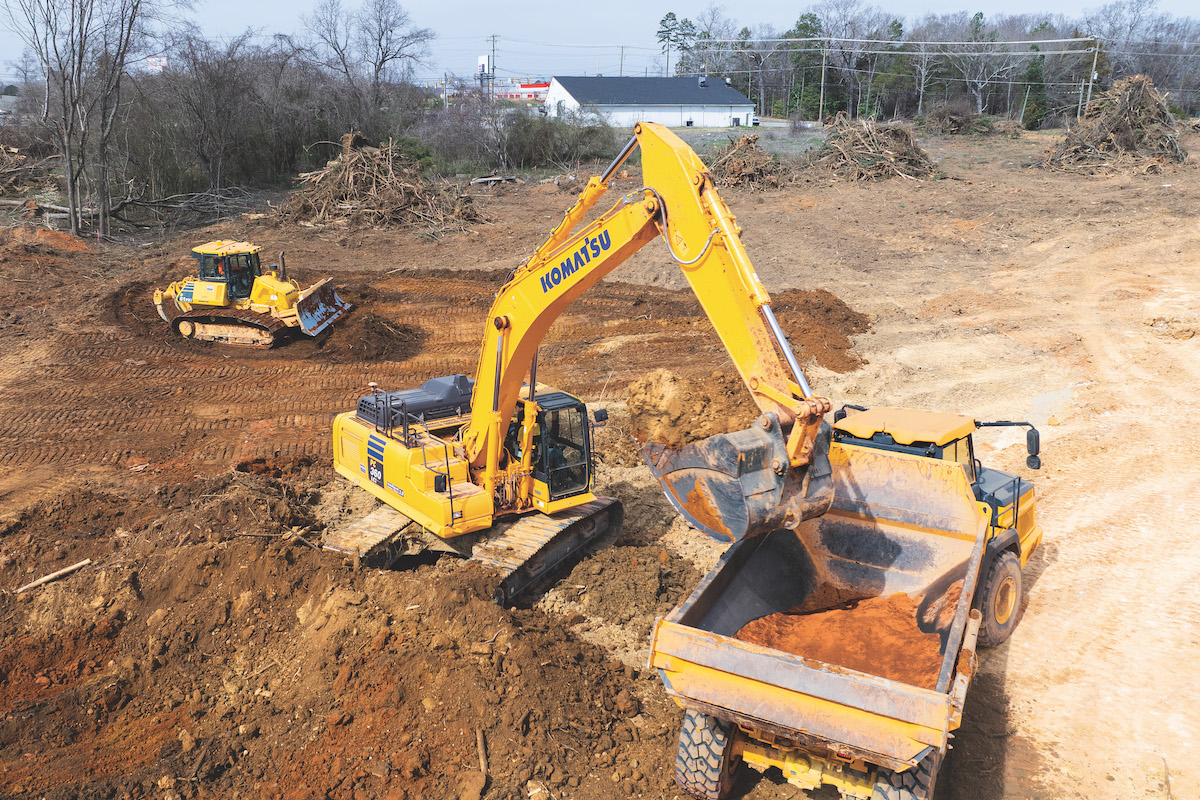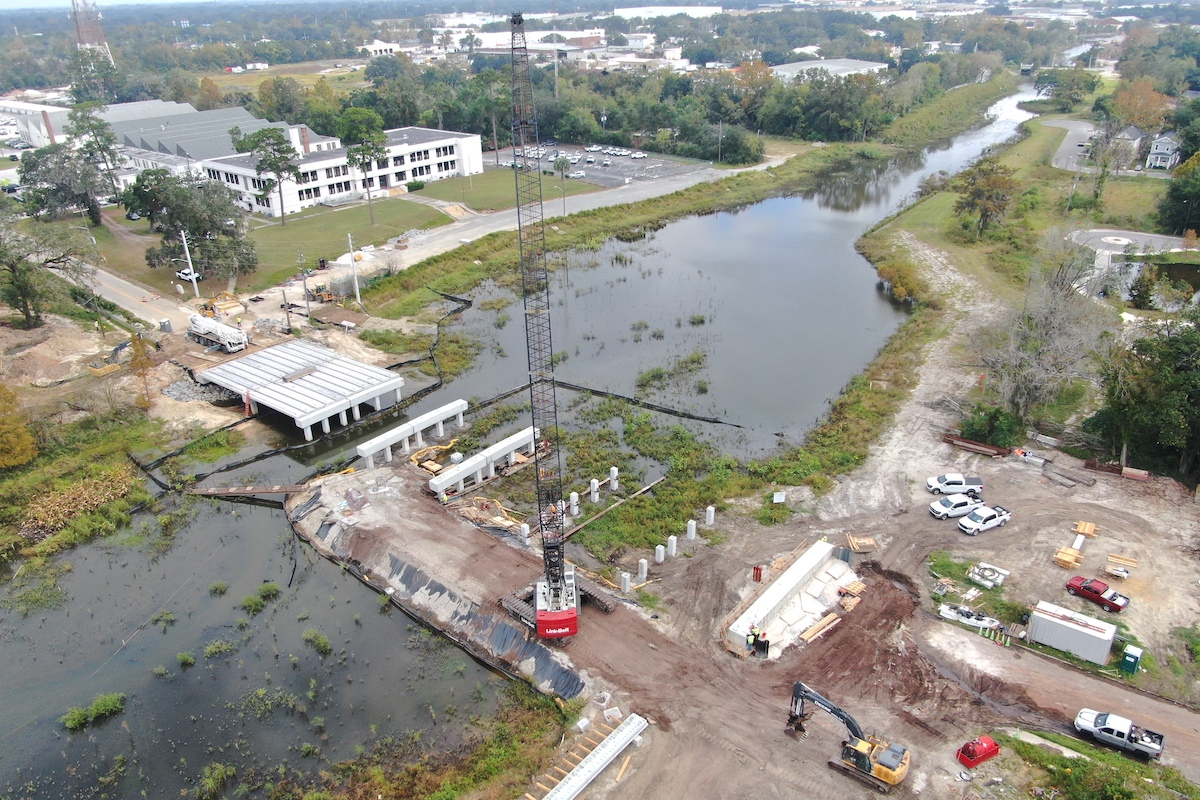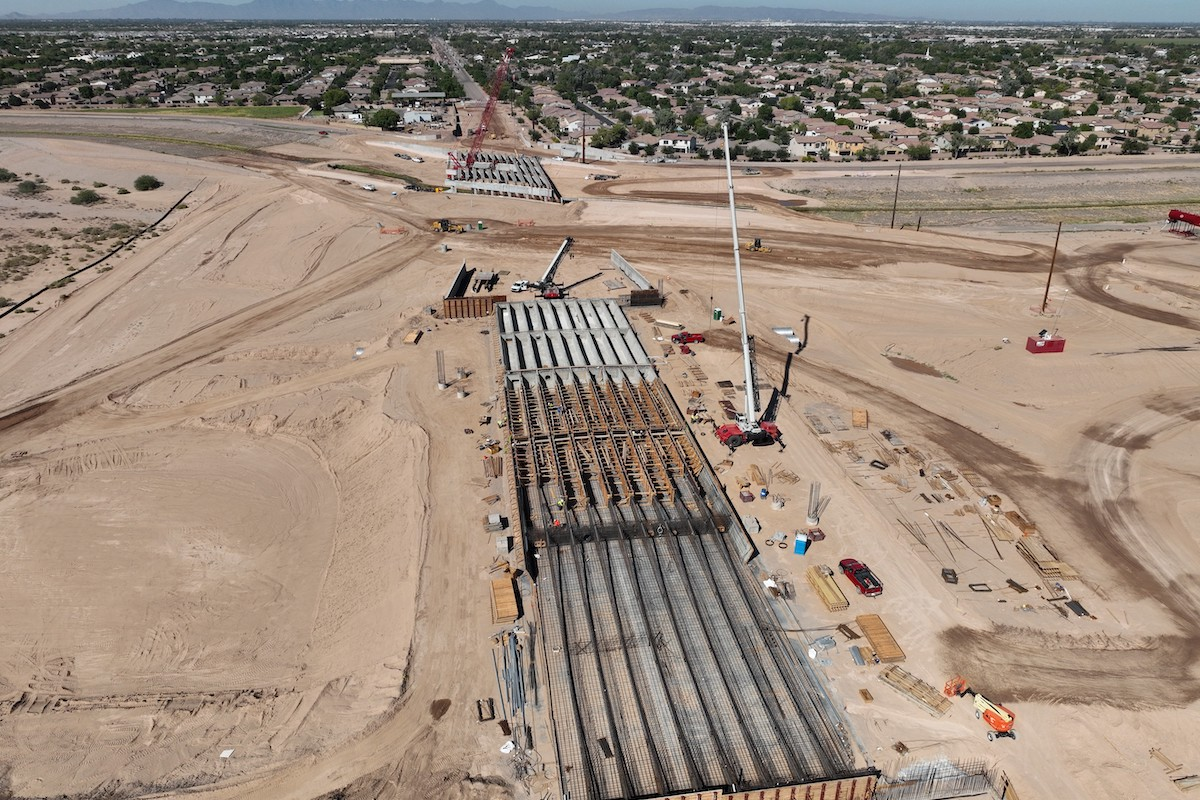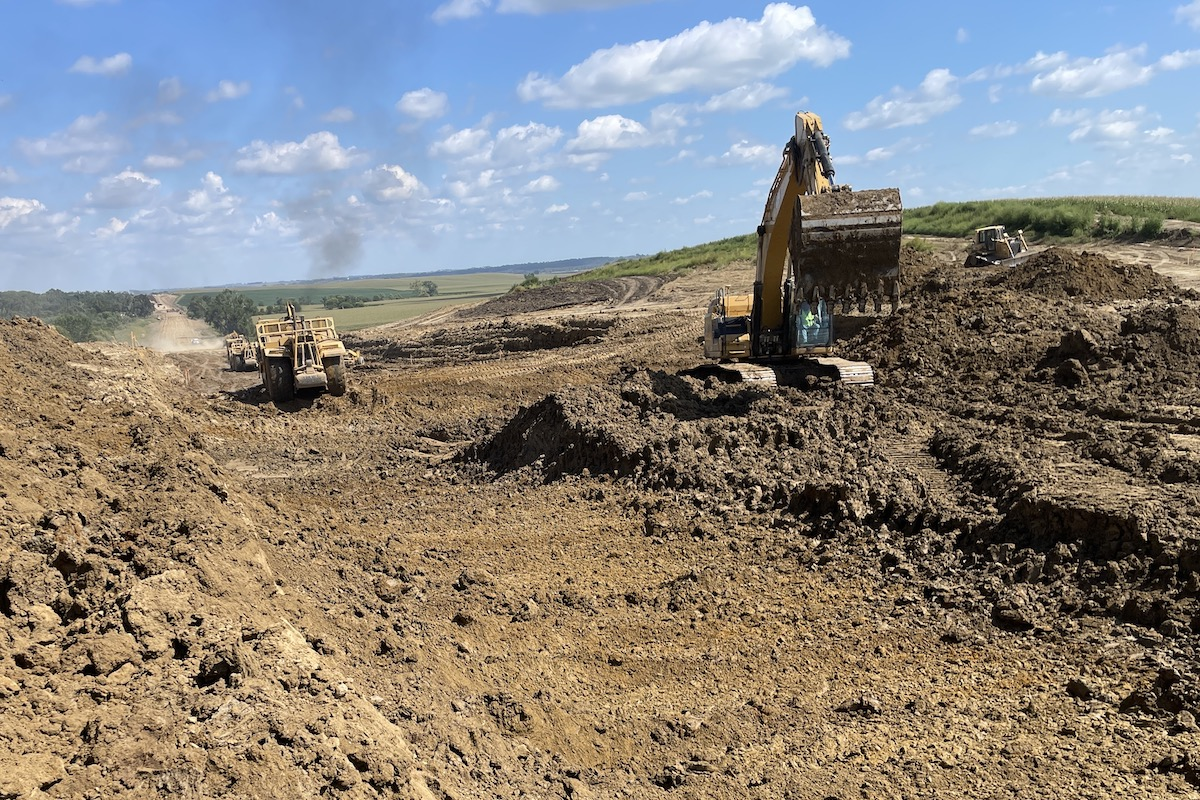Four in five people in the U.S. have experienced the warning signs of heat exhaustion, according to a new survey for Extreme Heat Month from Ergodyne.
“Heat is the leading cause of death among all hazardous weather in the U.S., killing more people in a year than floods, tornadoes, or hurricanes — but with some simple precautions, heat fatalities are 100 percent preventable,” said Lexi Engelbart, Vice Chair of the International Safety Equipment Association’s Heat Stress Solutions Group and Product Manager at Ergodyne. “It’s easy to overlook the dangers of heat stress, but extreme heat can affect everyone, so heat safety is something we all need to prioritize more than many of us realize.”
Ergodyne’s survey uncovered an alarming lack of knowledge on preventing and responding to heat stress emergencies. The survey found that:
- One in four people feel unprepared to help someone having a heat emergency — and many more overestimate their preparedness to handle a heat emergency, meaning many are at even greater risk than they realize.
- Only a third of respondents drink the minimum recommended amount of water for staying hydrated in the heat. Millennials are among the most hydrated, while seniors are the least.
- Younger people, often at heightened heat risk, have the lowest prevention rate. Meanwhile, older Americans, who are among the highest risk for heat exhaustion, are the least educated on heat emergency response.
- Water — Staying hydrated is especially important in the heat. OSHA recommends drinking 8 ounces of water every 15 to 20 minutes to prevent dehydration in hot conditions.
- Rest — Frequent but shorter periods of heat exposure are generally safer compared to continuous, extended periods. Scheduled breaks from the heat are crucial when participating in outdoor work activities.
- Shade — Direct sunlight can make hot temperatures feel even hotter. Having a shady spot nearby is crucial for getting rest, keeping hydrated, and staying cool.
- High body temperature (104 degrees Fahrenheit or higher)
- Dry, hot skin (lack of sweating)
- Confusion, disorientation, or unconsciousness
- Rapid pulse or difficulty breathing
- Seizures
- Nausea or vomiting
- Call 911 — Heat stroke is a medical emergency that requires immediate professional intervention.
- Move the person to a cooler environment — If possible, relocate the person to an air-conditioned space.
- Remove excess clothing — Help the body cool by loosening or removing excess clothing to promote airflow.
- Use cold compresses — Apply ice packs or cold, wet towels to the neck, armpits, and groin to help lower body temperature.
- Lay down a tarp — Spread it flat on the ground.
- Place the person on top — Gently position the individual on the tarp.
- Douse with ice water — This simulates an ice bath.
- Oscillate the water — Pick up the corners of the tarp and move it back and forth.
Already, summer 2025 has brought life-threatening heatwaves and record-breaking highs across the U.S., with continued hot conditions in the forecast. That extreme heat can be life-threatening for workers.
Ergodyne’s Project H.E.A.T. (Heat Education Awareness Team) initiative aims to educate on the risks of extreme heat and support prevention through accessible, everyday safety measures, promoting informed, protected workplaces where heat safety is a shared commitment.

| Your local Trimble Construction Division dealer |
|---|
| SITECH Allegheny |
| SITECH Northeast |
Preventive safety tips shared through Project H.E.A.T. boil down to three essentials, according to OSHA:
While preventive measures such as water, rest, and shade can help minimize heat emergencies, they’re not fail-safes. It’s important to monitor for potential warning signs of a heat emergency, such as:
If warning signs of a heat emergency are detected, it’s important to act immediately. Heat emergencies can escalate quickly; just a few minutes can be the difference between life and death. When encountering a heat emergency, actions to take include:
Heat emergency response options are often limited in outdoor and remote work environments. If a cooler setting isn’t available, an individual experiencing a heat emergency can be cooled using a fast, effective, and simple emergency response technique called the Tarp-Assisted Cooling Oscillation (T.A.C.O.) Method:

| Your local Trimble Construction Division dealer |
|---|
| SITECH Allegheny |
| SITECH Northeast |
To help fill the gap in workplace heat safety measures, Ergodyne is partnering with Cry Baby Craig’s to take Project H.E.A.T. on the road this summer, providing crucial heat safety education on select job sites.
Photo courtesy of James Kim Photography + PC Construction



